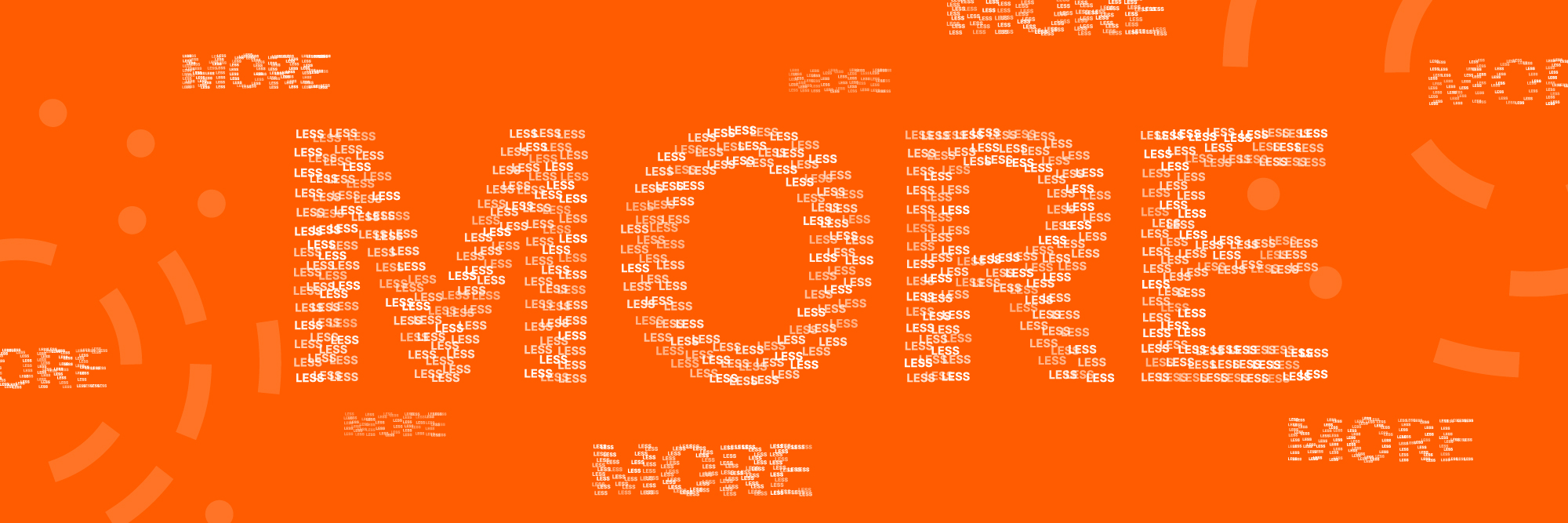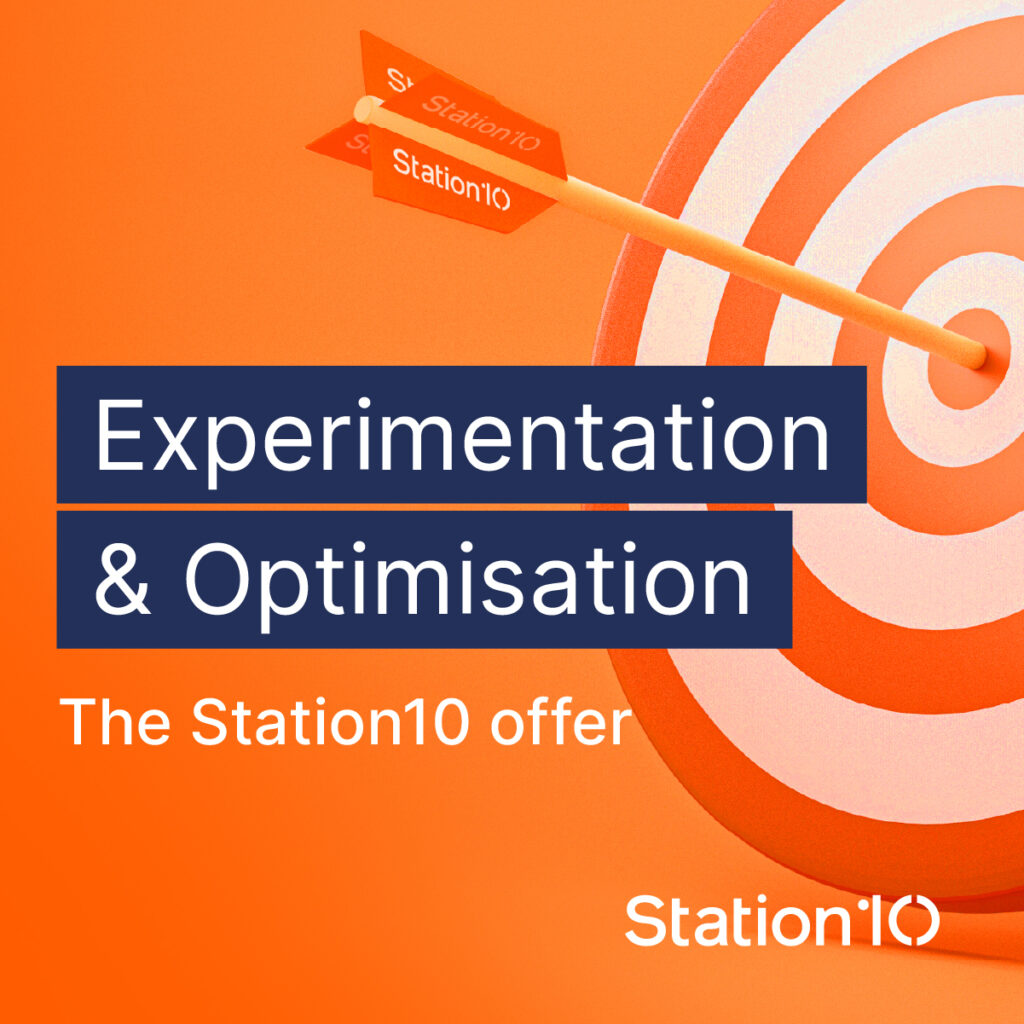Do more with less…

One of the big challenges for 2023 as highlighted in our Analytics in a Downturn white paper (click here to download) is how to do more with less (or if you are lucky, more with the same).
One of the most obvious areas from a digital channels point of view is to use testing and learning techniques; this is a way of increasing key actions – whether conversions, engagements or subscriptions – whilst using your existing assets to drive this, through testing and learning methods.
This has been a principle of digital optimisation for many years, and many of the most successful companies use this a lot. But there is a surprising number of businesses who don’t use this (“we’ve tried it but it didn’t work), and even more who do use it, but could be doing more with it.
And this is the big opportunity for 2023; it enables you to make the most of your existing assets. And in a downturn, that’s exactly what you should be doing.
So, if you are not using test and learn techniques, you should be, and you should start immediately in 2023. If you are using them, you should work out how to use them more.
This is not really a technology thing – there are plenty of tools that you can use to make this work. The biggest challenge is more focused on culture – how do leaders enable businesses to test and learn and trust in the process. And for this, one of the best examples is 250 years old.
Josiah Wedgwood wasn’t a very good potter. He was born with a withered leg, so he couldn’t operate the potter’s wheel with his leg. Born into a family of potters, and in a village with a reputation for creating pottery, this was a challenge. Instead, what Wedgwood did was become an expert in glazes; the substances and chemicals which changed the colours of pots when they were fired in the kiln.
He was fascinated by this, and searched for the ideal glazes. To do this, he experimented constantly. He realised that to get this right would require a scientific approach, with constant testing, recording, and refinement.
He meticulously tested, as shown by the tray of test fragments for creating his famous jasperware. Each is numbered, and carefully documented. This experimental process took a long time, but he trusted in the process; he knew it would get him exactly the right end product.
What’s interesting about this is his realisation that success in experimentation is a numbers game; he tested literally thousands of variants. Far too many business leaders expect immediate results (by which they mean, positive “winners” that improve the key metrics). But if you only run a handful of variants, or a handful of tests, the numbers are against you. A common rule of thumb for successful testing is you will produce a “winner” 1 in 5 times. There are things you can do to improve that ratio, but typically, they come with practice. So, if you are only running 5 tests, only 1 of those is likely to be a winner, and it might not be in the most lucrative area. If the business case needs a positive impact, your odds aren’t great of creating a successful programme
Statistically, you have a smaller chance of producing winners, and statistics is literally what you are doing with testing and learning programmes. So, if you start running more tests, you are more likely to find that stand-out winner that starts to pay for the rest of the entire programme.
If you reframe your approach to learning about your customers and their behaviour, your timeframe also changes. This isn’t about producing immediate results, it’s about working towards the best customer experience, which is a more medium or long term objective. Wedgwood’s approach wasn’t to find the perfect jasperware glaze first time, but to learn and improve his process as he went along; his 3,500thtest fragment was better than his 350th, because he had learnt so much about what refinements to make along the way.
This is important, because often the modern argument is made that you need massive scale to make such programmes a success – “it’s okay for Google to run 10,000 tests a month, because they can, but it doesn’t work for us”. Whilst it’s true that scale allows you to do more, but this point is about your own business; how do you improve your processes internally? This is a way of improving what your teams do, not what another business might find. In addition, what might work for another similar business might not work for you, so the important consideration is whether you want to go on your own experimental journey to improve results.
So, what are the actions that business leaders should follow, to “be more Wedgwood”?
- Answer the question – “do I want to run a business where we are constantly learning and refining?” It might not work for every business.
- However, if you answer yes to the above, commit to it.
- This is a long-term process, not a short-term one, although it will deliver success along the way.
- Treat it as a process to learn about your customers. It’s likely to pay for itself over the long-term.
- Capture your learnings in an organised way. Not every result will “win”. But every result will give you greater insight into your customers. The challenge is most businesses don’t record this.
- This is about your teams and your wider business. If you have a “HIPPO” culture, you will undermine the programme.
- Don’t be afraid of asking silly questions in front of your teams; in fact, that can help to instil a “we are in this together” approach.
- Educate your fellow senior leaders on how to use data is having a material impact on the business.
If you want to discuss how to get started with your testing and learning programme, click here or get in touch with Station10 at hello@station10.co.uk
Read about conversions to find out more



